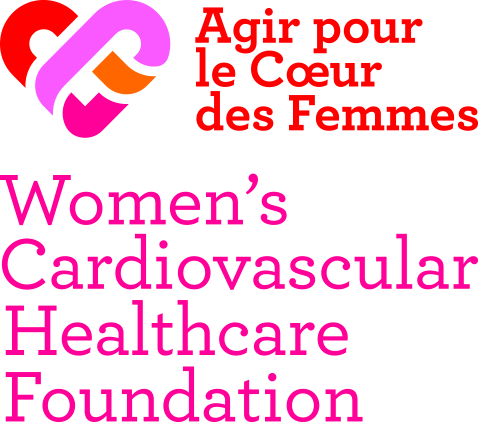
ANTICIPER
Cholesterol
Why Cholesterol is an Enemy You Should Take Seriously
Bad cholesterol turns into atheromatous plaque which gets deposited in the arteries and can clog them.

SEE ALSO
How to Eat Well to Live Well
Nutrition
It’s best to eat more foods that are good for our health like fruits, vegetables, while grains, dairy products and fish. And we should limit consumption of sugary products (like pastries, sweets, and sugary drinks), salty products (like prepared foods, chips and crackers) and fatty foods (like deli [...]
How Sugary Beverages Hurt Your Heart
According to the study conducted with a cohort of teachers in California, drinking one or more sugary beverages each day is associated with a 20% higher risk of developing a cardiovascular disease when compared to those who never or rarely drink them. Even drinking fruit juices with added sugar every [...]
Why Stress is a Ticking Time Bomb
Stress
Women have many stress hormone receptors in their arteries and cardiac muscle for hormones called catecholamines. Their coronary arteries (arteries irrigating the heart) are also smaller than men’s. All of this makes women more vulnerable to coronary artery spasms where stress triggers an artery to [...]




